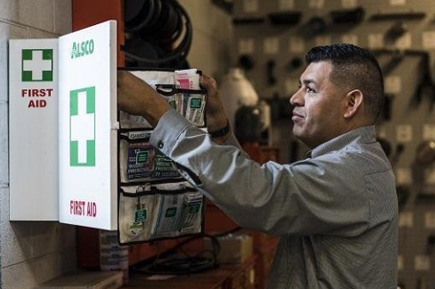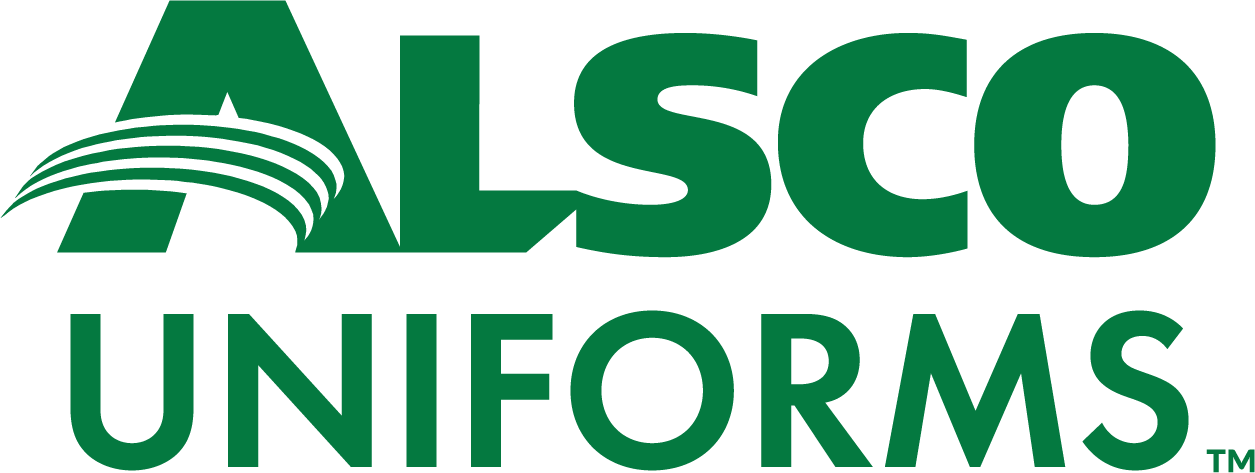
In Singapore, like any other part of the world, a first-aid officer in the workplace is considered crucial for a business.
A first-aid officer is someone who has undergone the mandatory training as stipulated under the Workplace Safety and Health Act 2006.
These regulations ensure that all types of workplaces, including factories, airports, ships, and laboratories, are safe for employees and visitors alike.
The first-aid officer’s first and foremost task is to save lives. They are also part of the team that ensures workplaces are well-equipped to handle emergencies and accidents.
This means the officer will be handling additional tasks outside his or her traditional roles and responsibilities, which calls for patience, maturity and selflessness.
What Are the Main Aims of First-Aid?
Save a Life or Increase Chances of Survival
Singapore Red Cross emphasises that First-aid is the immediate care given to a victim of an accident or illness until their condition improves or until professional paramedics make it to the scene.
There is a general 60% survival rate when early CPR and AED use is administered for a cardiac arrest patient within the first five minutes of an attack.
In Singapore, it takes an average of 15 minutes for an ambulance to arrive, which means a first-aid officer is the first line of defence for any patient or victim.
Calm Those Around the Scene of an Emergency
During an accident, emergency or illness, there are usually those around the area who may be directly or indirectly affected. During an emergency, a first-aid officer will help to calm the situation and lead other victims to the nearest exit or area of safety.
Another reason why first-aid is important in such a case is that the officer may need volunteers to help take care of a victim. Volunteers will be able to help call emergency line 995, to set up an AED in the event of a cardiac arrest, or to help carry the patient to a safe area for further first-aid to be administered.
Mitigate Injury or Illness
Aside from saving lives or protecting those around the scene of an emergency, a first-aid officer will help to take care of any injuries on victims. When looking into first-aid in the workplace, an officer will help the company keep track of all staff members’ medical records.
These records will help the company know who is susceptible to various medical attacks, those who have pre-existing conditions and those who need special consideration during regular work schedules.
The First-Aid Officer in the Workplace
A first-aid officer is first meant to be:
- Able to stay calm in an emergency
- Physically and mentally sound
- Be mature and responsible to handle emergencies in the workplace
- Able to drop their regular duties to handle an emergency in and around the workplace
According to the Workplace Safety and Health (First-Aid) Regulations, any workplace with 25 or more workers must have a first-aid officer on call during normal working hours. This also means companies that use the shift system must have at least one first-aid officer available. Companies must have at least one officer for every 100 staff members.
First-Aid Officer Training

The regulations further point out that a first-aid officer must have undergone successful first-aid training at any Ministry of Manpower accredited institution. All officers must also undergo re-training as required in order to renew their licenses.
All officers in the workplace must be documented and displayed so staff can know who to turn to in the event of an emergency. Finally, the officers must be able to keep records of all first-aid incidents in the workplace.
The training modules available include Occupational First Aid Course, Child First Aid, Adult First Aid, and Higher First Aid Course Life Support Course. When it comes to the workplace,
a standard Occupational First-Aid course offers CPR and AED training. It equips the trainee with the skills to handle emergency cases and to promote health and safety in the workplace.
After undertaking about 20 hours of training, the successful trainee will be awarded a First Aider certificate, which is valid for three years, after which a refresher course must be taken before renewal. It is advisable to apply for re-training and renewal between three months prior and three months past the expiry date.
What Are the Roles of a First-Aid Officer in the Workplace?
According to the Workplace and Safety Health Guidelines, a first-aid officer has three main roles in the workplace – to handle casualty cases, first-aid facilities maintenance and treatment record maintenance. This goes to show how important it is to have a responder in-house.
Handle Casualty Cases
- A well-trained officer will be able to assess and identify any safety hazards in the workplace. He or she will be able to identify any hazardous chemicals, corrosive chemicals, heavy machinery and dangerous goods.
- A first-aid officer will be able to handle any emergency without putting themselves in harm’s way. This means they can help to identify safe places to handle an accident or ill victim.
The officer should be able to identify the root cause of the emergency and administer the relevant first-aid action. For example, in the case of cardiac arrests, the officer will be able to administer CPR and AED to a patient. - An officer will contact emergency line 995 to offer all the relevant information on the patient while administering first-aid. In addition, he or she will be able to offer the relevant medical information and records to enable the paramedics to take over.
First-Aid Facilities Maintenance
According to the WSH Act, employers must provide and maintain first-aid boxes and a first-aid room where necessary. A First-aid officer is mandated by the Ministry of Manpower to oversee the maintenance of all first-aid kits in the workplace as well as the first-aid room where one is available.
It can be a hectic task to ask an officer who also has other regular duties to attend to during working hours to maintain all these things. Therefore, Alsco offers a first-aid kit rental service where they offer quality kits all year-round and keep them well-stocked at a minimum, all-inclusive monthly fee. Contact Alsco for a free quote and more information.
There should be at least one first-aid box on each floor and at least one box per 25 employees
| Ratio Of Employees To First-Aid Boxes | |
|---|---|
| No. of employees | No. and type of first-aid boxes |
| Less than 25 employees | at least one Box A |
| every 50 employees | at least one Box B |
| every 100 employees | at least one Box C |
Note: One Box B is equivalent to two Box A’s. One Box C is equivalent to two Box B’s.
A well-equipped first-aid kit in the workplace must contain the following:
- 5cm and 10cm crepe bandages
- Individually wrapped adhesive dressings
- Hypoallergenic tape
- Eye pads and eye patches
- Safety Pins
- Scissors
- Saline water where tap water is unavailable
- Disposable gloves
- Resuscitation mask
- Torch
- Absorbent Gauze
A first-aid room is also a great idea for the workplace. It is the room where patients can rest and be taken care of in the event of an emergency. It should be well-ventilated and adequately lit for both responders and patients. A standard first-aid room should have:
- A well-stocked first-aid kit
- Running water
- Record-keeping facilities
- Smooth working surfaces
- Disposable paper towels
- Stretchers
- Splints
- Adequate storage for equipment
- Soap and nail brush
- Clinical thermometer
- Couch with blankets and cushions/pillows
- Clinical waste refuse container and adequate waste paper bags.
Treatment Record Maintenance
A well-trained first-aid officer in the workplace must be able to create and maintain treatment records at all times.
The officer should essentially be involved when purchasing or renting first-aid kits and installing AEDs where relevant, should be made aware of all medical records of staff members to ensure a smooth treatment in case of an emergency, as well as keep track of all fellow officers in the workplace and their training schedules.
To make it easier for all staff members, companies must have clear signage showing where first-aid kits and AED machines are installed, where emergency exits are located and a list of all in-house first-aid officers for smoother handling of emergency cases.

